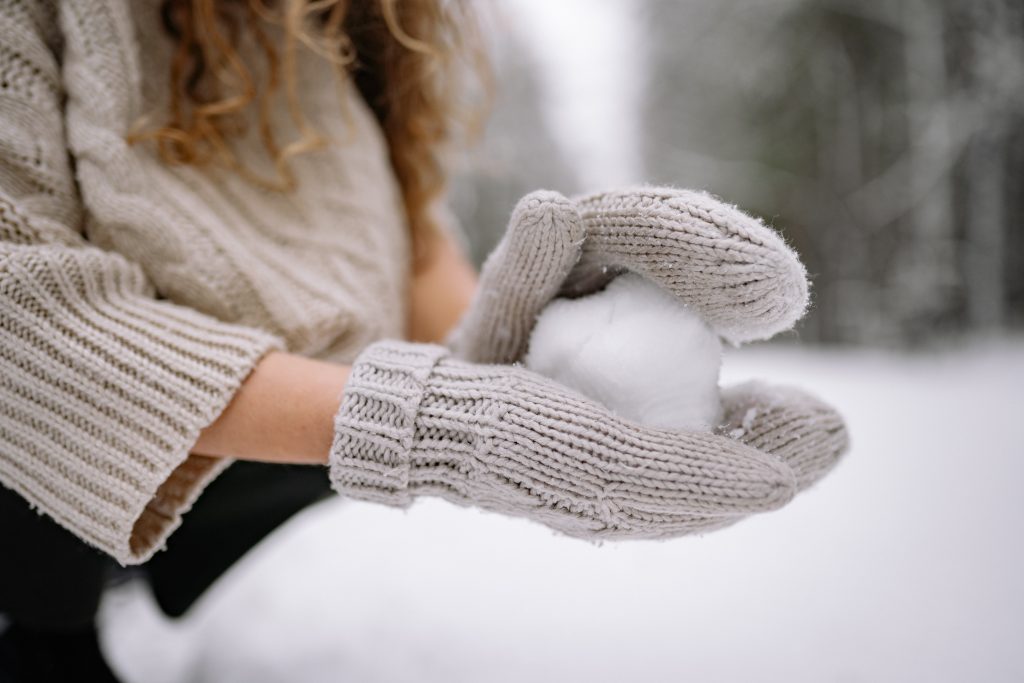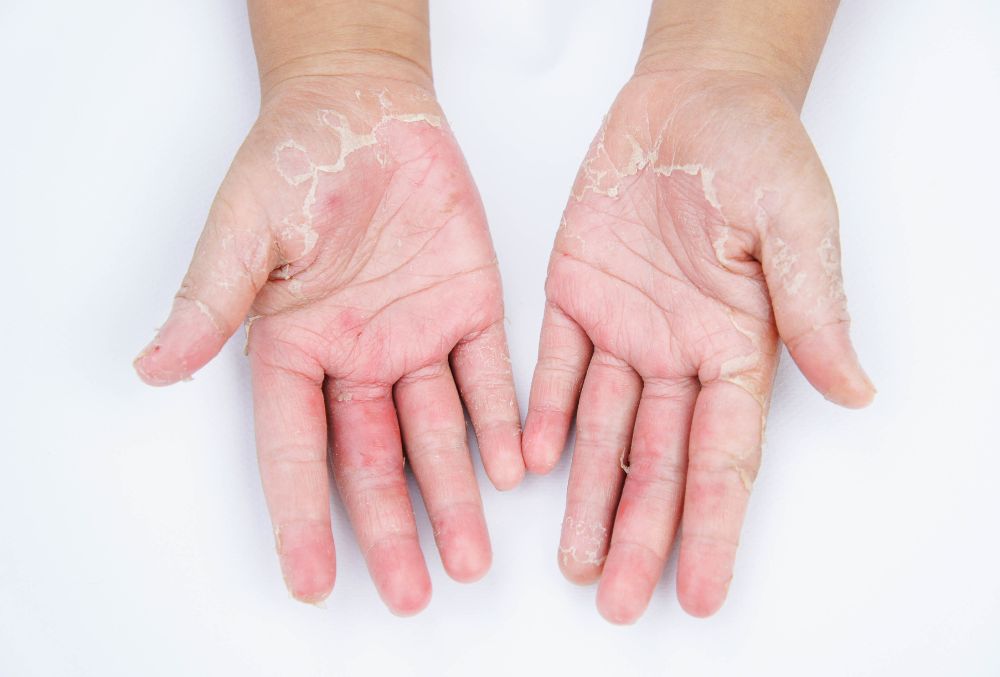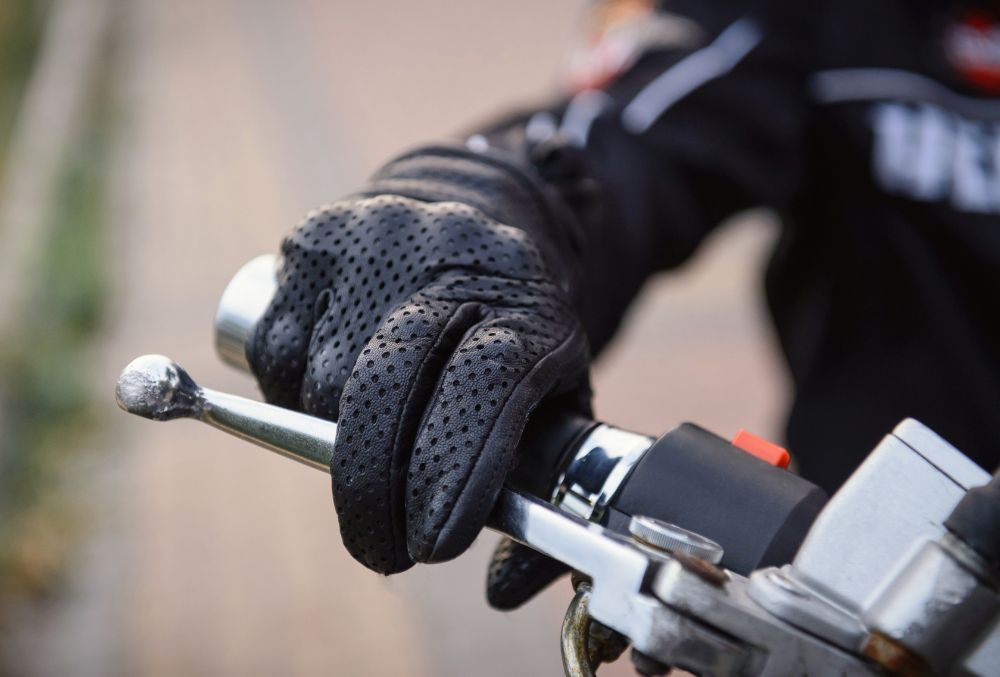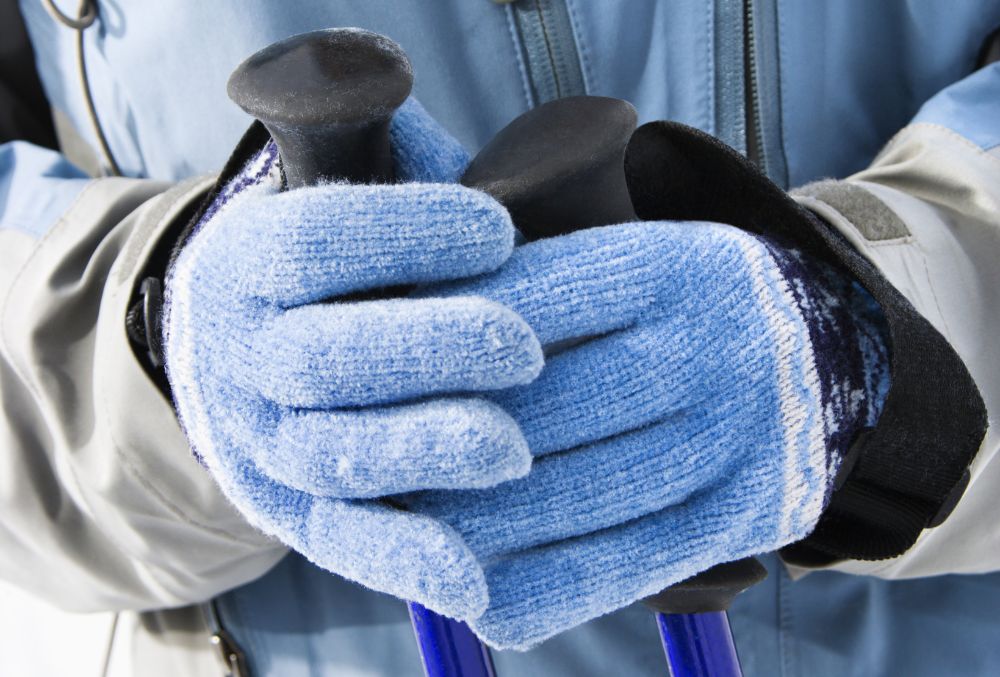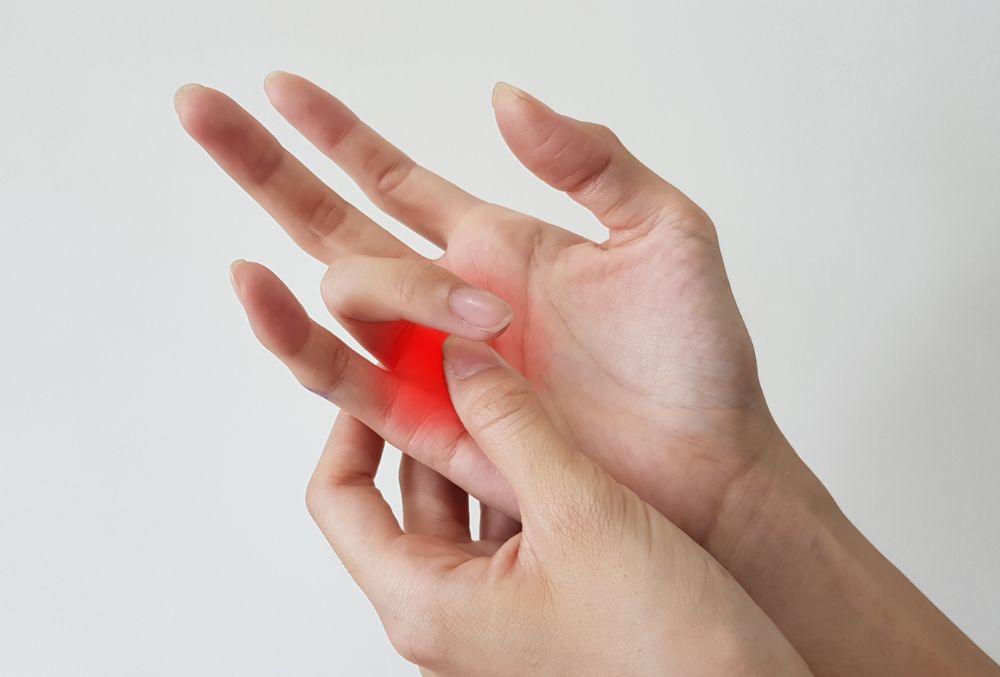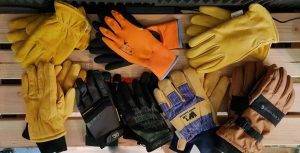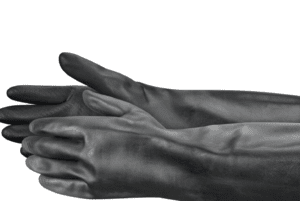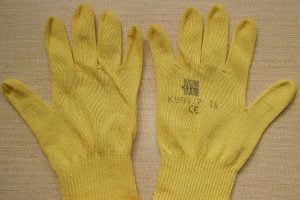You might be thinking about Mittens Vs. Gloves: Are Mittens Warmer Than Gloves? And all other related questions in picking between gloves and mittens.
Picking the correct gloves or mittens for snow activities might mean the difference between a joyful, cozy outing and a terrible excursion with icy fingers.
In 2021, OEC reported significant growth in the gloves and mittens market. But before shopping for gloves and mittens, consider what meets your needs. To keep your hands warm in chilly, wet circumstances, most downhill ski and snowboard gloves and mittens are manufactured with synthetic exteriors, frequently nylon, a waterproof, breathable barrier and some form of insulation. For sports like skiing and snowboarding, abrasion-resistant patches on the fingers, knuckles, and palms increase durability.
Consider qualities like insulation, waterproofness, dexterity, and touch-screen compatibility to know what to choose between gloves or mittens.
Gloves vs Mittens: Frequently Asked Questions
What is the Difference?
First, let us establish the difference between gloves and mittens. Gloves are preferable for activities where you regularly need to handle equipment, tighten boot buckles, and zip zippers because they include individual fingers, which provide more dexterity than mittens. Lightweight gloves are a great option for aerobic activities, such as cross-country skiing, where your body produces a lot of heat.
Despite using the same materials, mittens are warmer than gloves because your fingers may share warmth, unlike gloves. Additionally, the surface area of mittens makes it harder for body heat to escape. They aren\’t as dexterous as gloves, but you can still benefit from wearing them whether using ski poles, snowboarding down a mountain, or trekking in the bitter cold.
Are Mittens Warmer than Gloves?
The fact that mittens are warmer than gloves is one of the main arguments in favor of wearing them, and this is due to the way they are made. Gloves with individual pockets for each finger provide more surface area in contact with the environment, which increases the chance for heat to escape. Because gloves keep your fingers close together, you can share heat and figuratively keep each other warm. Warm air can move more readily when there is only one pocket.
Conversely, if you wear too-warm mittens, you risk letting your hands sweat more quickly than they would under gloves, leaving them clammy and eventually quite cold.
Are Gloves and Mittens Waterproof?
Most gloves and mittens for snowboarding and downhill skiing have a waterproof, breathable barrier to keep out snow and rain while letting sweaty moisture escape. A laminated membrane to the fabric, an insert between the outer shell and the insulation, or a coating applied to the fabric can all be a barrier.
Ski and snowboard gloves and mittens typically feature Gore-Tex® technology due to their highly waterproof, breathable protection.
Even the priciest waterproof mittens and gloves can become soaked, typically from the inside out. Ensure no snow gets inside your gloves or mittens, and avoid sweating while wearing them. Your hands will be more likely to keep warm if they are dry.
Are Gloves and Mittens Touch Screen Compatible?
Numerous manufacturers now produce gloves and mittens with touch-screen-compatible fingers and palms to operate your smartphone or tablet without exposing your skin to the cold. Lightweight to midweight gloves with sufficient dexterity to operate your smartphone often include touch-screen compatibility. Look for gloves and mittens with complete finger and palm compatibility if you use your phone regularly outside.
What is the Proper Fitting of Gloves and Mittens?
A suitable fit is essential for maintaining your dexterity and keeping your hands warm and comfortable. A pair of gloves or mittens that are too big will not keep your hands warm and may interfere with your ability to use zippers, grip a ski pole, and perform other chores. When they\’re too small, they\’ll limit your range of motion and perhaps expose skin around your wrists.
Around 14 inches of material should cover your outstretched fingers in a correctly fitting glove or mitten. The fist shouldn\’t be too small or constricted when you produce one. If you can\’t try on the glove or mitten, use the manufacturer\’s sizing chart to determine your hand measurements.
What are the Common Types of Insulation?
Mostly, down and synthetic insulation is used in gloves and mittens.
Down is highly valued for being light, portable, durable, breathable, and an excellent insulator. While down is more expensive than synthetic, it retains its loft longer, making it a better long-term value. Down is not as frequently used in gloves and mittens as synthetic insulation since it loses its effectiveness when it gets wet. When used, a waterproof shell usually keeps it dry by protecting it. In cold, dry conditions, down gloves and mittens make a great choice for skiing and snowboarding.
In addition to being less expensive than down, synthetic insulation dries quicker and insulates even when wet. It is a smart choice for skiing, snowboarding, and playing in the snow, particularly in humid conditions. The drawbacks of synthetic insulation include that it provides somewhat less warmth for its weight, is a little heavier than down, and loses some of its insulating capacity when compressed. Synthetic insulation is used in most snowboard, cross-country, and downhill ski gloves.
Gloves vs Mittens for Snowboarding
It depends on your personal preference whether you\’ll wear gloves or mittens when snowboarding. While some snowboarders prioritize remaining warm, others prioritize being able to use their fingers when tightening bindings or utilizing tools.
Regardless of the style you select, there are some things you need to check for. The palms of snowboarding gloves must be reinforced to endure dragging your hands across the snow. Additionally, wrist loops are a good idea to keep you and your gloves together in the event of a fall or to prevent losing your gloves on the chairlift. The tips of the fingers of snowboarding mitts and gloves are frequently reinforced with wrap-around cuffs.
Gloves vs Mittens for Skiing
When holding ski poles, many skiers prefer wearing gloves. They simplify buckling and unbuckling your boots because they are gripping and agile. Cross-country skiers also frequently want lightweight gloves since they sweat a lot and want to wick moisture away as much as possible.
Consider investing in snow mitts if warmth is your primary priority. You won\’t have trouble gripping a pair of ski poles even if you can\’t move your fingers independently, so the mittens will work fine.
